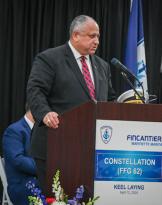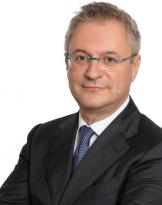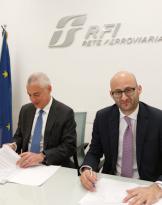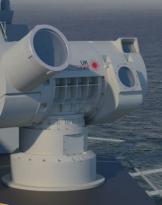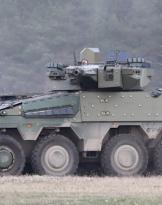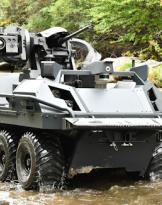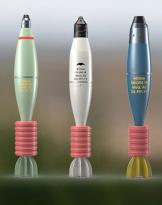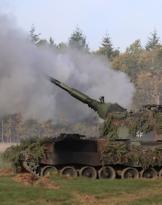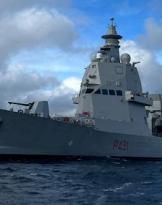Leonardo signed a € 31,5 million contract with the European Space Agency (ESA) for the construction of PROSPECT, the drill and the mini-laboratory for Luna-27, a mission of ESA and Roscosmos, with the support of the Italian Space Agency (ASI) and the British Space Agency (UK Space Agency). After the 2016 contract for the development model design, Leonardo has now been entrusted with the task of working on the final design and implementation of the PROSPECT flight model. More than 50 years after the first man on the moon landed in 1969, Leonardo begins 2020 with an exciting challenge for his space robotics activities.
Leonardo's PROSPECT (Package for Resource Observation, in-Situ analysis and Prospecting for Exploration Commercial exploitation and Transportation) will search for ice, volatile and chemical substances below the surface, in the southern polar regions of the Moon, where extremely cold temperatures - up to -150 ° C - may increase the chances of finding traces of water.
"There are vast unexplored regions on the moon, the PROSPECT auger will allow scientists to learn more about the terrain and prepare missions where the lunar soil can be used, for example, to create oxygen or fuel," said David Parker, ESA's Director of Human Exploration and Robotics, "The auger is a component present in many exciting missions that ESA is working with international partners to advance to the moon".
"The contract for the development and realization of PROSPECT is a further demonstration of Leonardo's engineering and design skills in complex space systems, based on the experience and know-how of the augers of the Rosetta and ExoMars missions", said Marco De Fazio, Deputy Managing Director of the Electronics division and head of Leonardo's Electronics Italy business unit, "Leonardo's leadership in the production of key technologies for space missions also passes through the Nerviano plant, where instruments such as the atomic clock, robotic systems and photovoltaic panels are born with applications such as space exploration, Earth observation and systems navigation ".


